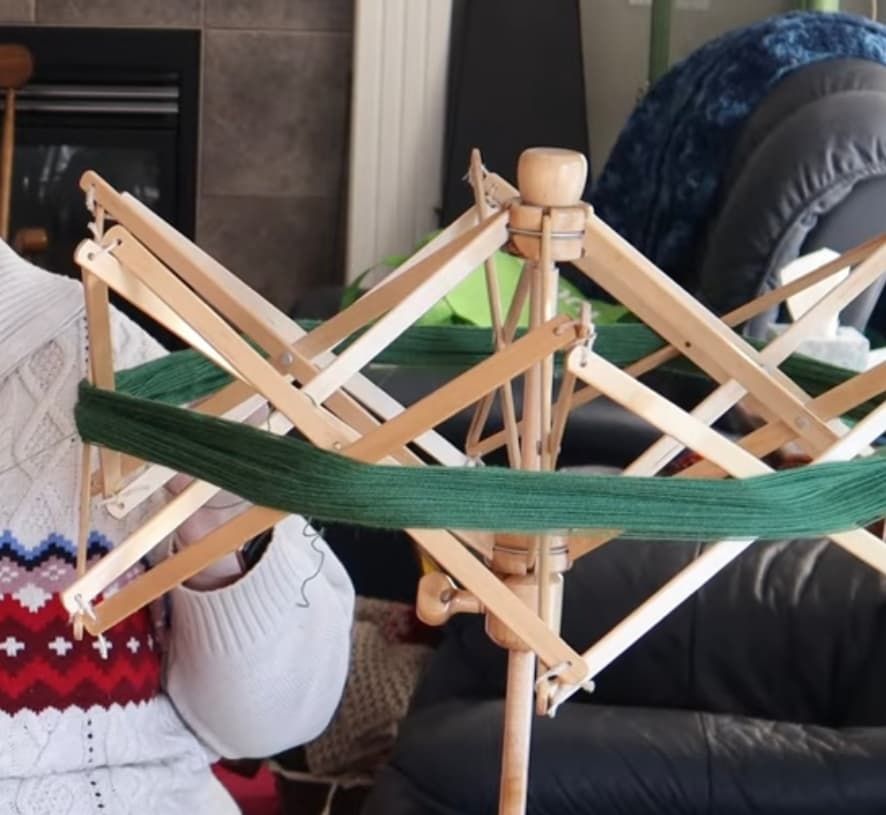In the vast world of knitting, the ongoing conversation between straight needles and circular counterparts engages both novices and seasoned artisans. However, what truly distinguishes circular needles within this creative sphere? Let’s explore their distinct advantages, functionalities, and the remarkable impact they wield on the art of knitting.
Embracing the Innovation of Circular Knitting Needles
These needles surfaced post-World War II, introducing a pioneering concept—two short needles interconnected by a flexible cable. Their advent marked a monumental shift in knitting, not just for the comfort they offered but for the unparalleled adaptability across an array of projects.
Key Advantages Over Straight Needles
Circular needles brought a significant innovation by uniformly distributing the weight of a project along the cable. This equal allocation alleviates wrist strain, enhancing overall comfort during knitting sessions. Additionally, their connected design minimizes the risk of needle misplacement, making them a preferred choice for mobile crafting.
Explore the best knitting books and choose your in this review Best Knitting Books: Expertise and Inspiration in Your Craft
Understanding Needle Specifications
Grasping needle diameter, cable lengths, and tip variations is crucial in selecting the most suitable tool for each project. Aligning the needle length with the project’s circumference prevents undue stress on yarn and hands.
Discover how to knit in the round and more in this tutorial
Materials: Pros and Cons
Circular needles come in a variety of materials, each with its own unique traits:
- Wood: Offers excellent grip but may splinter over prolonged use;
- Bamboo: Lightweight, less prone to splintering, ideal for beginners;
- Aluminum: Smooth, though colder to the touch;
- Nickel-Plated: Exceptionally smooth, yet potentially slippery for new knitters;
- Plastic: Economical, but often criticized for its bulkiness and slower knitting pace.
Choosing the Ideal Circular Needles
For newcomers, commencing with fixed bamboo circular needles is advised for their user-friendly nature and superior yarn grip. Intermediate and advanced crafters might explore metal interchangeable sets, providing adaptability for intricate projects.
Factors to Consider in Circular Needle Purchase
Recognizing the distinction between fixed and interchangeable needles is pivotal. Fixed needles offer simplicity and cost-effectiveness, while interchangeable sets provide flexibility for diverse projects.
Techniques in circular knitting:
- Flat Knitting: Similar to straight needles but reduces wrist strain;
- Round Knitting: Crafting seamless spiraling fabric without turning the work;
- Other Circular Techniques: Methods like Magic Loop and Double Pointed Needles for specialized projects.
Broadening the Versatility of Circular Needles
Circular knitting needles extend beyond conventional use, offering unique techniques and styles that elevate a knitter’s skill set.
Contemporary Trends and Fashionable Applications
Circular needles have gained prominence in the fashion realm, favored by designers for creating seamless and intricate clothing elements. This opens up new vistas for knitters, enabling the crafting of designs that were previously deemed unattainable.
Conclusion
Circular knitting needles are not merely tools; they embody the gateway to boundless creativity and possibilities. Their range of techniques and materials renders them versatile for diverse projects. Every stitch with these tools signifies a stride toward mastery in the vibrant realm of knitting.






